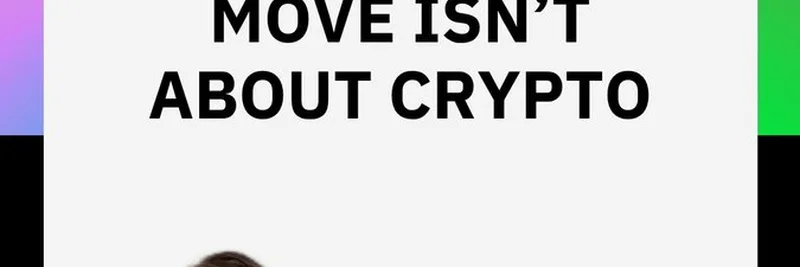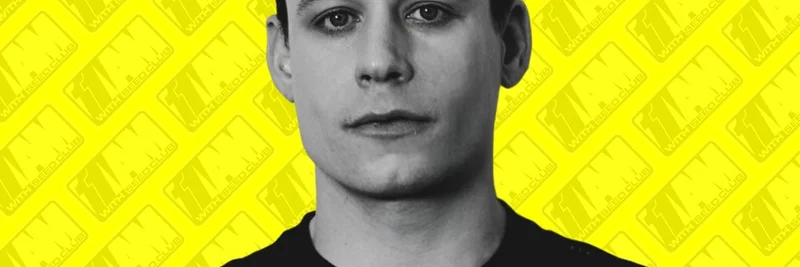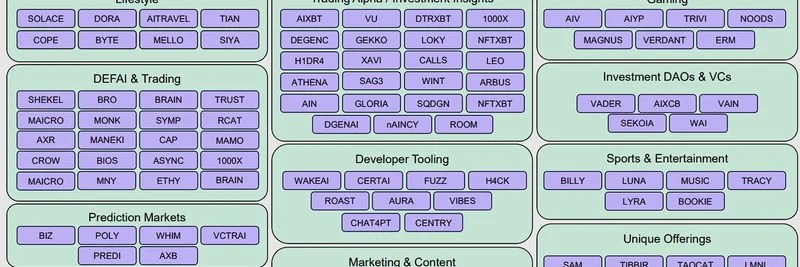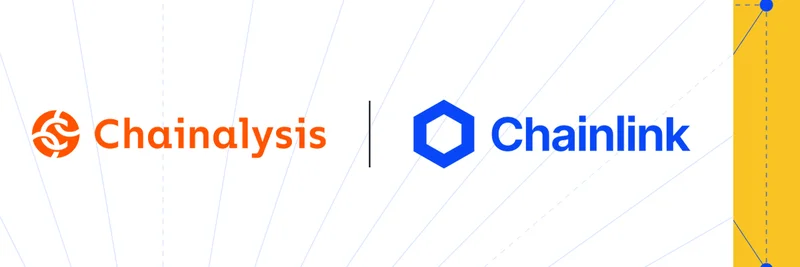Robinhood, the popular trading platform, has been making waves with its recent announcement about developing its own blockchain. But according to Laura Shin's tweet, this move isn't just about crypto. It's about something bigger: enhancing financial access for everyone.
The Bigger Picture: Convenience Over Decentralization
In the video shared by Laura Shin, Noelle Acheson from "Is Macro Now" newsletter dives deep into why Robinhood's blockchain strategy is more about user convenience than the technicalities of decentralization. "Robinhood doesn’t need you to know it’s using blockchain—and that’s the point," Noelle explains. This approach aims to make financial transactions seamless, whether you're buying an Apple share or trading crypto, without the user even realizing the underlying technology.
Why Blockchain for Robinhood?
Robinhood's move to build its own blockchain, based on Arbitrum, is part of a broader strategy to control every aspect of its platform. This includes tokenized real-world assets, 24/7 trading, and self-custody options. The goal? To integrate crypto into its existing services in a way that feels natural and effortless for users. As Noelle puts it, "They want to control every single aspect of and this fascinating because we saw this with the internet."
The Shift from Unbundling to Rebundling
Interestingly, this move represents a shift from the original promise of blockchain technology, which was to unbundle traditional financial services. Instead, Robinhood is rebundling these services into a more convenient, user-friendly package. "Blockchains in theory were created decentralized, unbundled traditional bundled financial services and here we are rebundling," Noelle notes. This rebundling is not a defeat but a success in terms of development, as it abstracts the complex blockchain part, making it irrelevant to the end user.
What Does This Mean for Users?
For the average user, this means better financial access and more opportunities to manage their savings or make money. The focus is on the platformization and abstraction of blockchain technology, rolling out convenient usability. "What's important is better financial access for anyone anywhere and better opportunities in which to park your savings and or make money," Noelle emphasizes. This seamless integration aims to make financial transactions as easy as possible, leveraging blockchain without the user needing to understand it.
The Future of Investing
Robinhood's strategy is a glimpse into the future of investing, where technology like blockchain is used to enhance user experience rather than being the centerpiece. This approach aligns with the broader trend of making financial services more accessible and user-friendly, especially for millennials and younger generations who value convenience.
As Robinhood continues to expand its services, including wealth management and crypto staking, the underlying blockchain technology will play a crucial role in ensuring scalability and efficiency. However, the real win for Robinhood will be in how well it can hide this complexity from its users, making financial transactions as straightforward as possible.
In conclusion, Robinhood's blockchain move is a testament to the evolving landscape of financial technology, where the focus is shifting from the technology itself to how it can improve everyday financial interactions. This strategy not only redefines the role of blockchain in finance but also sets a new standard for what users can expect from investing platforms in the future.




